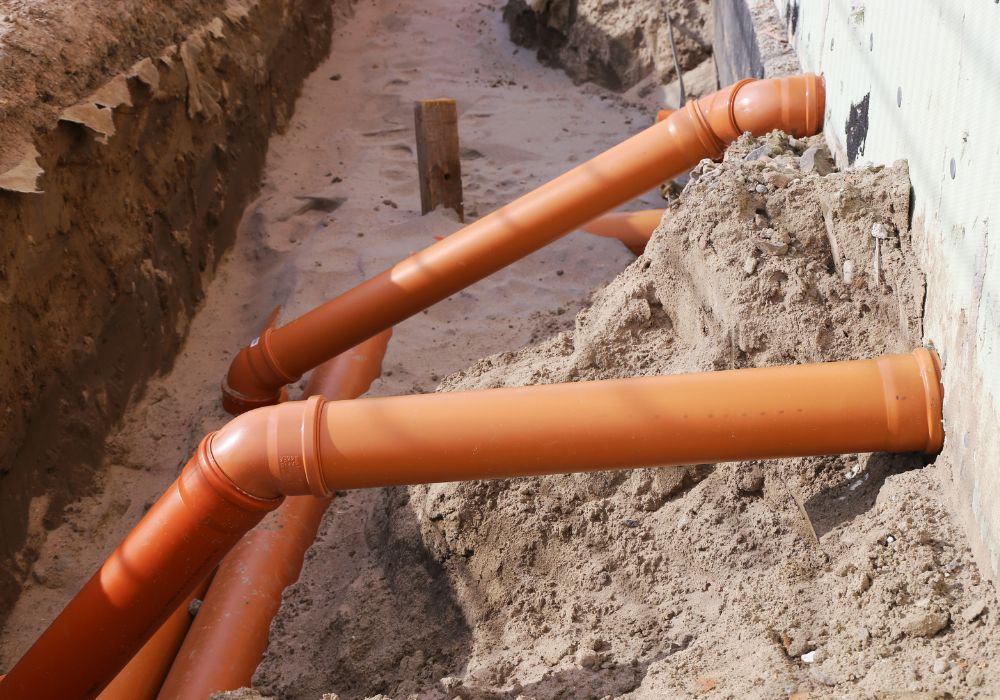If you’re a homeowner, you’re likely responsible for what’s called a side sewer, or a sewer line that runs underneath your home and connects to the main public sewer. Understanding how to take care of your side sewer is important, as damage to the sewer line can be costly and cause water backups into your home.
Here are some ways to maintain the integrity of your side sewer line and prevent damage from trees, waste buildup, and aging.
A sign of a damaged sewer line is water backing up into your home. If you notice water flooding the washing machine, water draining slowly from sinks, or sewer odors, this may be a sign there’s a problem with your line.
Keep your local sewer utility’s emergency number on hand so you can call immediately if you detect a problem like a water overflow.
Don’t flush anything other than human waste and toilet paper down the toilets. Anything else can cause the sewer line to become clogged. This also causes backups at local pump stations, which then has to be removed and added to the landfill. Don’t dispose of cooking oil or grease down the kitchen sink, as this also builds up in pipes and leads to pollution in local waterways. Here are guidelines from Seattle Public Utilities on how to properly dispose of cooking oils and grease.
Seattle Public Utilities recommends getting an inspection of your sewer once every 8-10 years. You can also get your sewer cleaned regularly to help flush debris out of the line. These types of inspections and cleanings are less costly than having to repair or replace a damaged sewer line.
If your sewer line needs repair, check with several companies to compare costs, and seek out reviews online. You can also talk with people in your neighborhood for recommendations.
Every homeowner should get information on exactly where their sewer line is. Side sewer lines are often as old as your home, and can be made of clay, brick, plastic, or iron. If you’re buying a home, have the sewer line inspected as well. Seeking out a sewer line inspection before buying the home can tell you if there’s $20,000 of repair needed on top of the cost of your home.
While most standard homeowners insurance policies won’t cover damage caused to side sewers, you can check with us to see if you can add on additional coverages for services lines or water backups into the home.
Questions about home insurance? Contact a Sea Mountain Insurance Specialist today!
